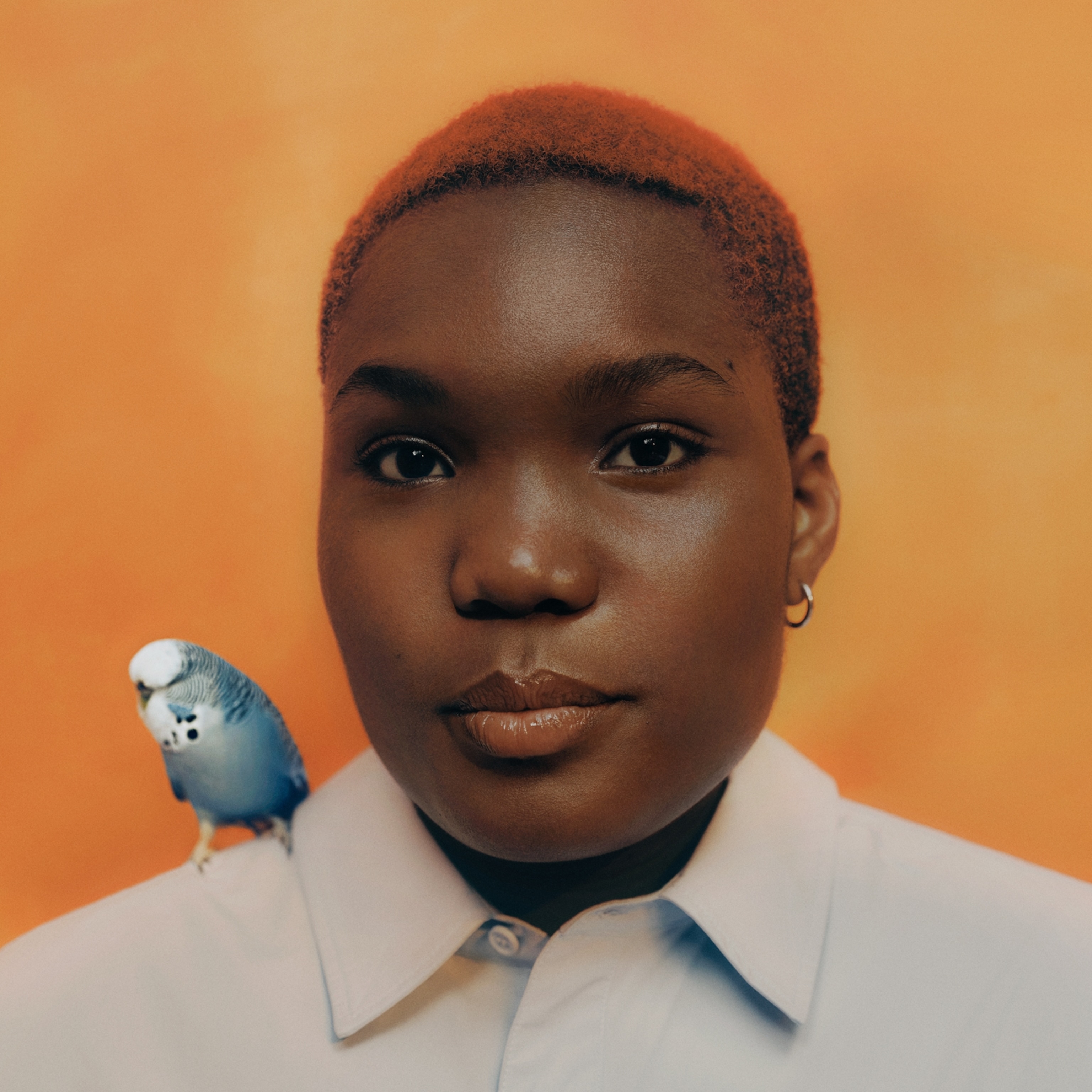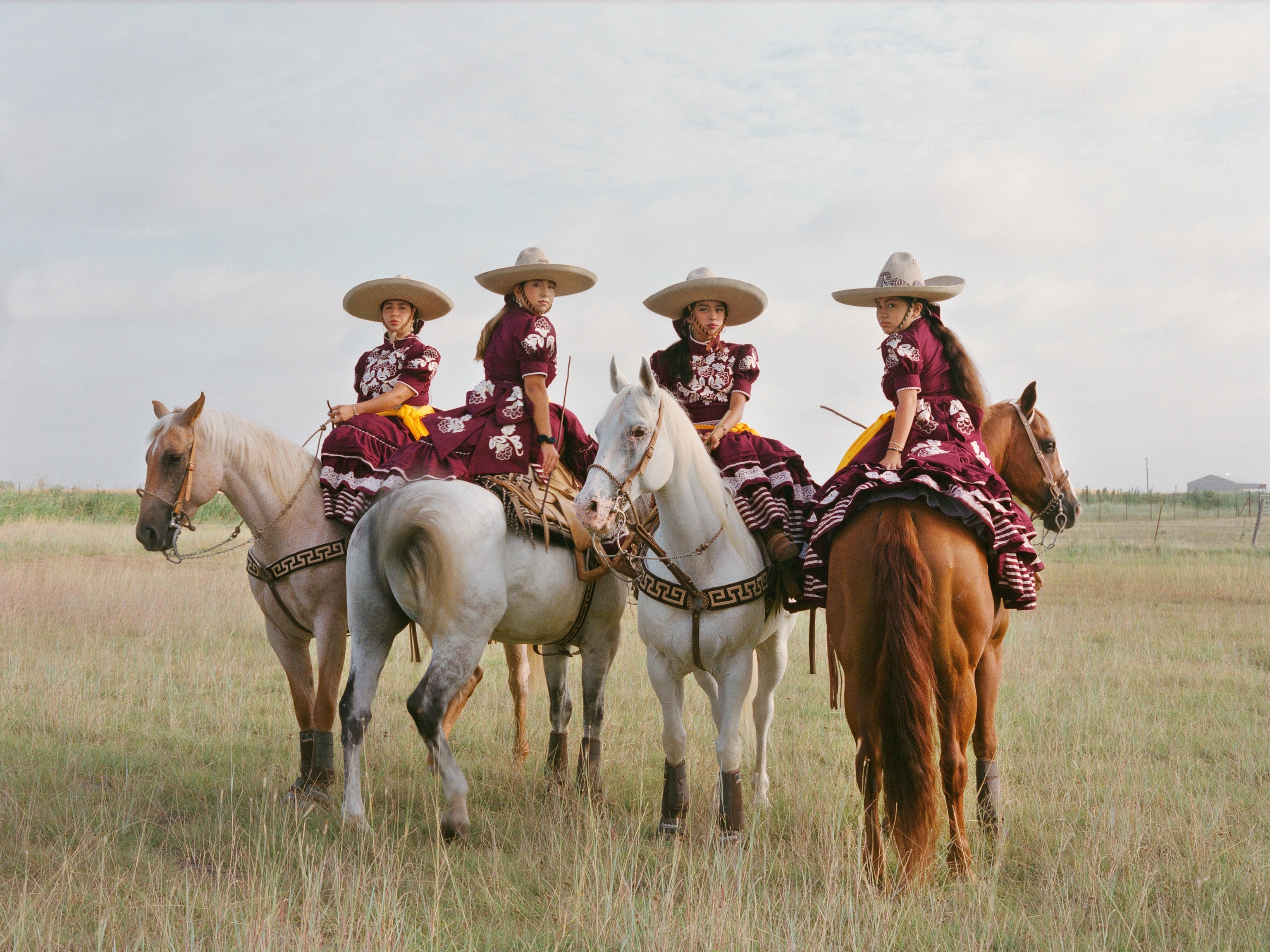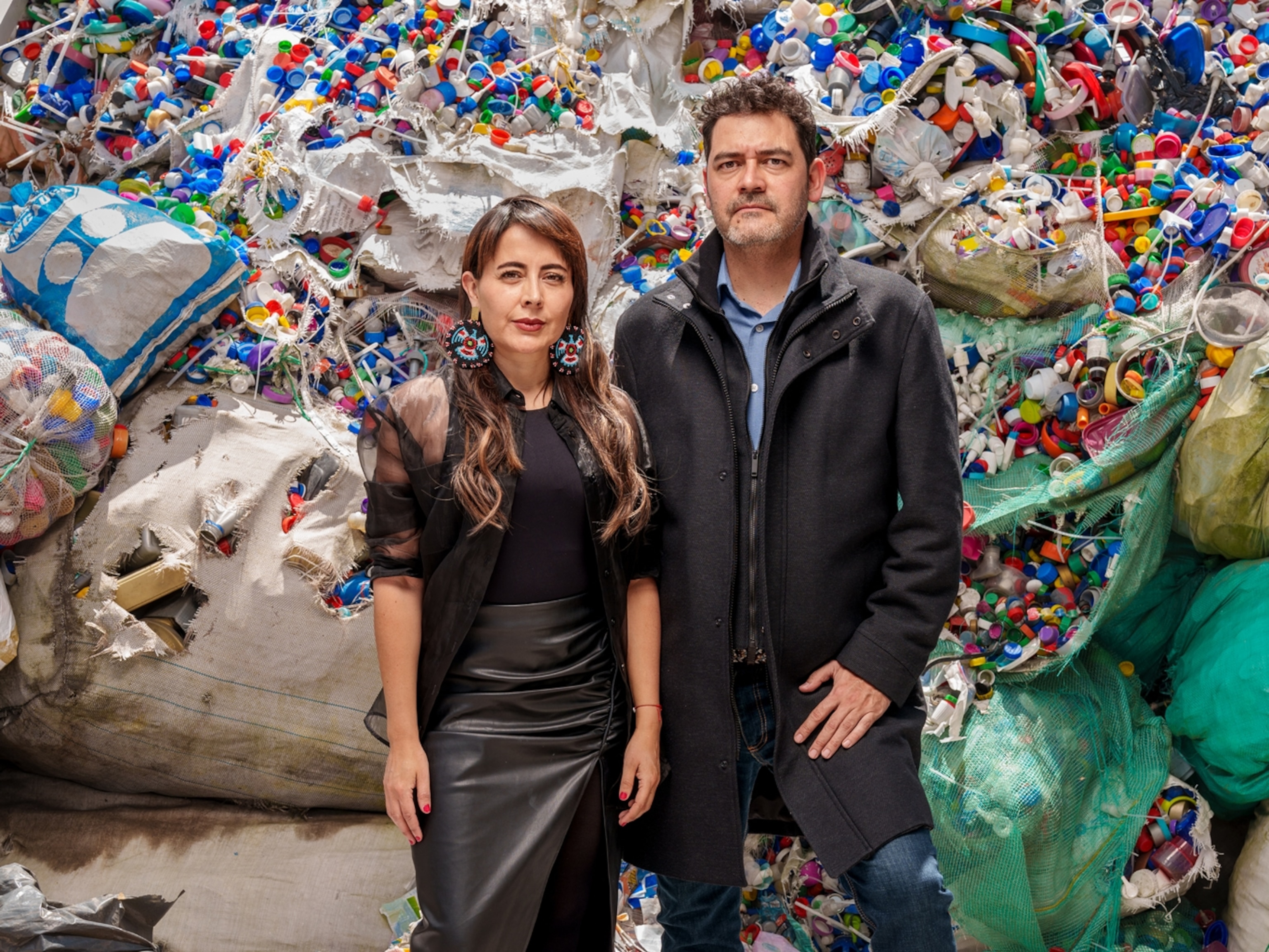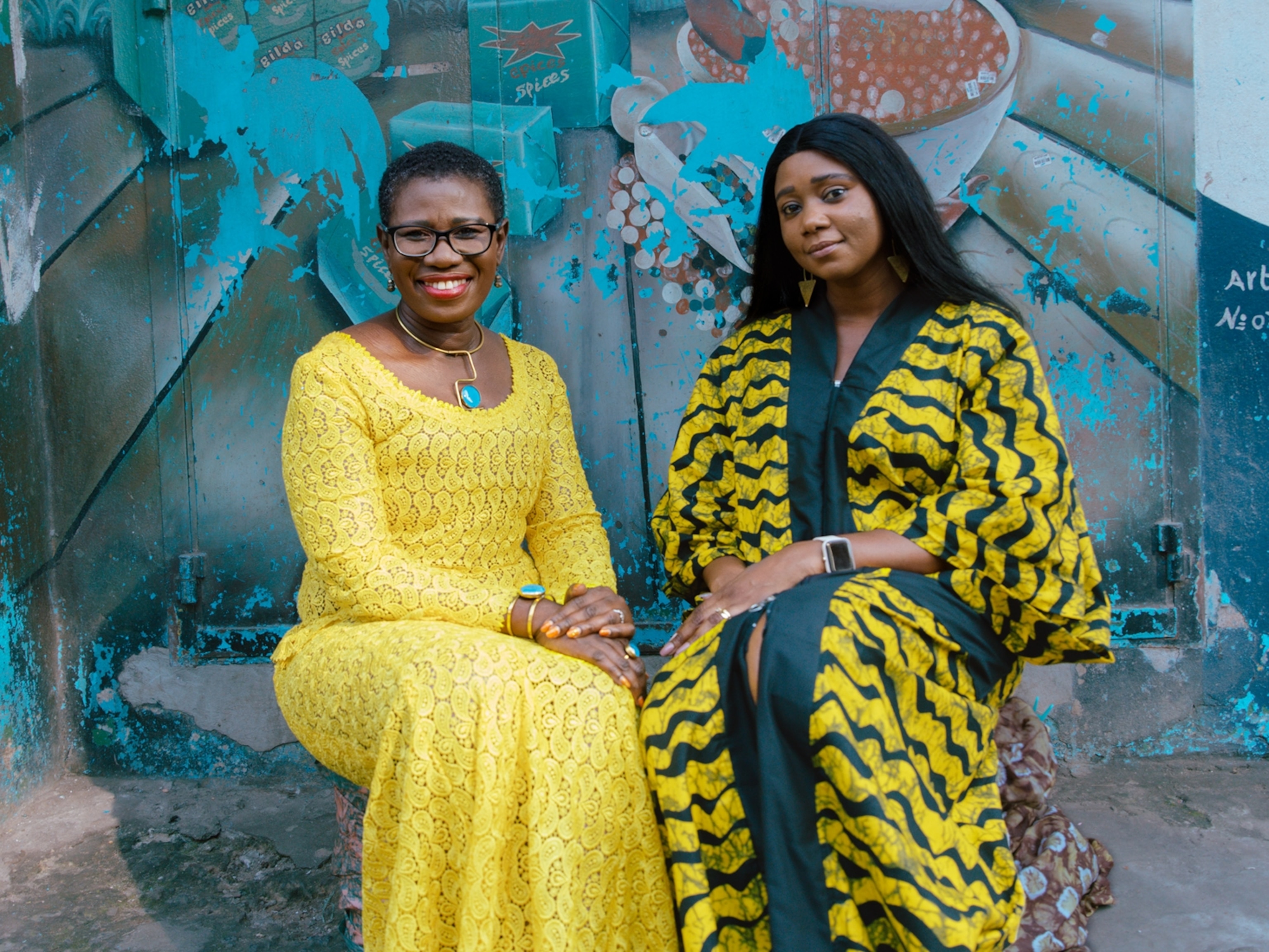Meet the instrument tuner keeping the traditions of tango music alive
Damián Guttlein is the only person in the world who can tune by ear the bandoneon, a unique instrument that powers the perfectly imperfect sound of tango music.

“Can you hear that?” Damián Guttlein sat at his kitchen table on a recent winter afternoon in Buenos Aires. The 52-year-old held in his hands an old instrument, resembling an accordion, called a bandoneon. As he tested its sound, he tapped on one of the bandoneon’s many buttons and pulled slightly, giving it air, letting it breathe. “Can you hear it’s off?” he said. The note sounded like two notes at once, slightly dissonant.
With a quick flick of the wrists, Guttlein popped off the outer button case to reveal the instrument’s wooden interior, lined with rows of plated metal reeds. With a file, he began scraping at the one that corresponded to the note he’d just played, slowly removing a thin layer of steel. Then, he held the file between his teeth as he snapped the button case back on and played the same note again. It was now smooth and singular, wavering gently in the air like the voice of a lonely singer. “Now that’s a pure sound,” Guttlein said. “I don’t know how else to describe it.” Just about anybody who has danced the tango or visited the Argentine capital would recognize it and say that this is the sound of Buenos Aires.
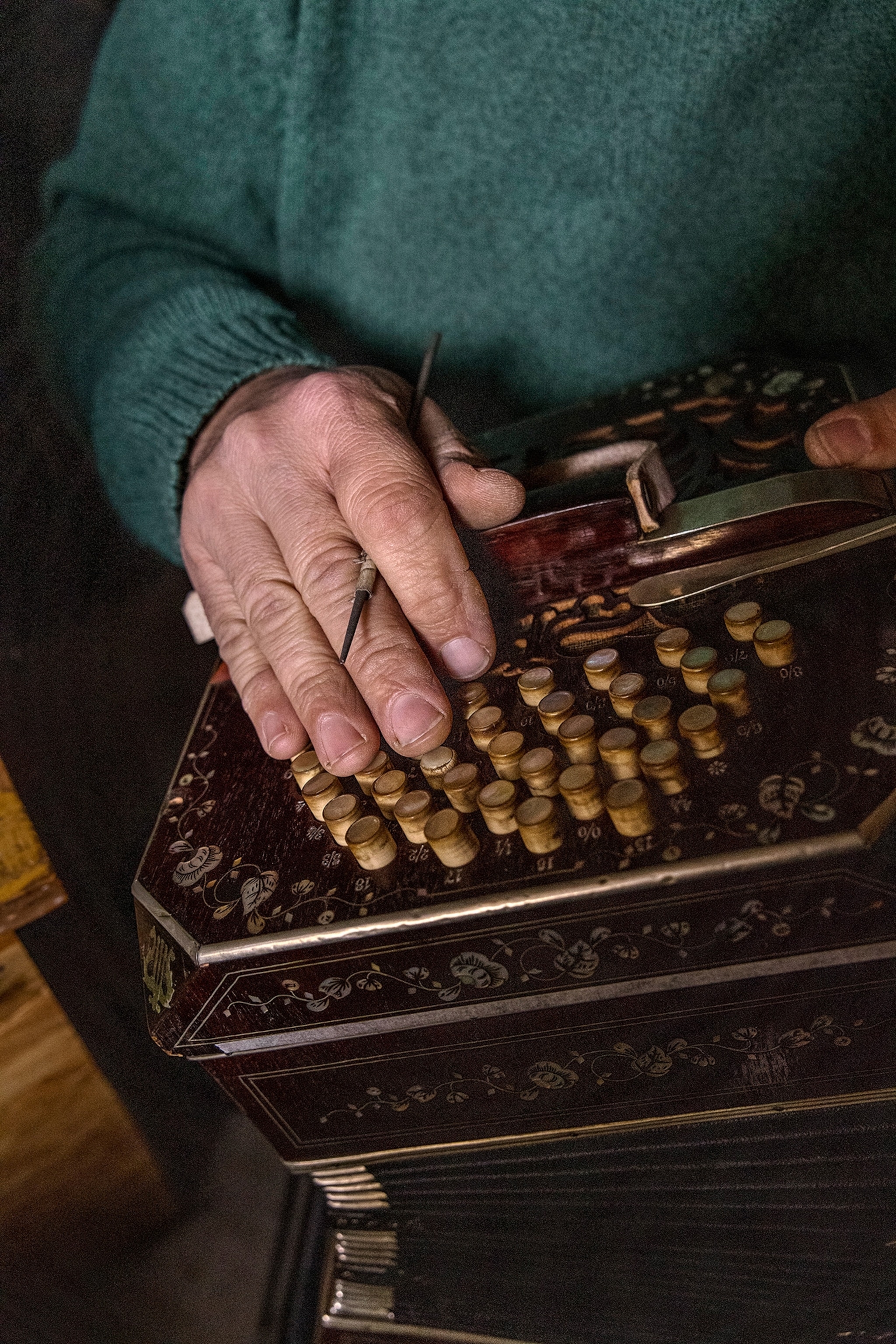
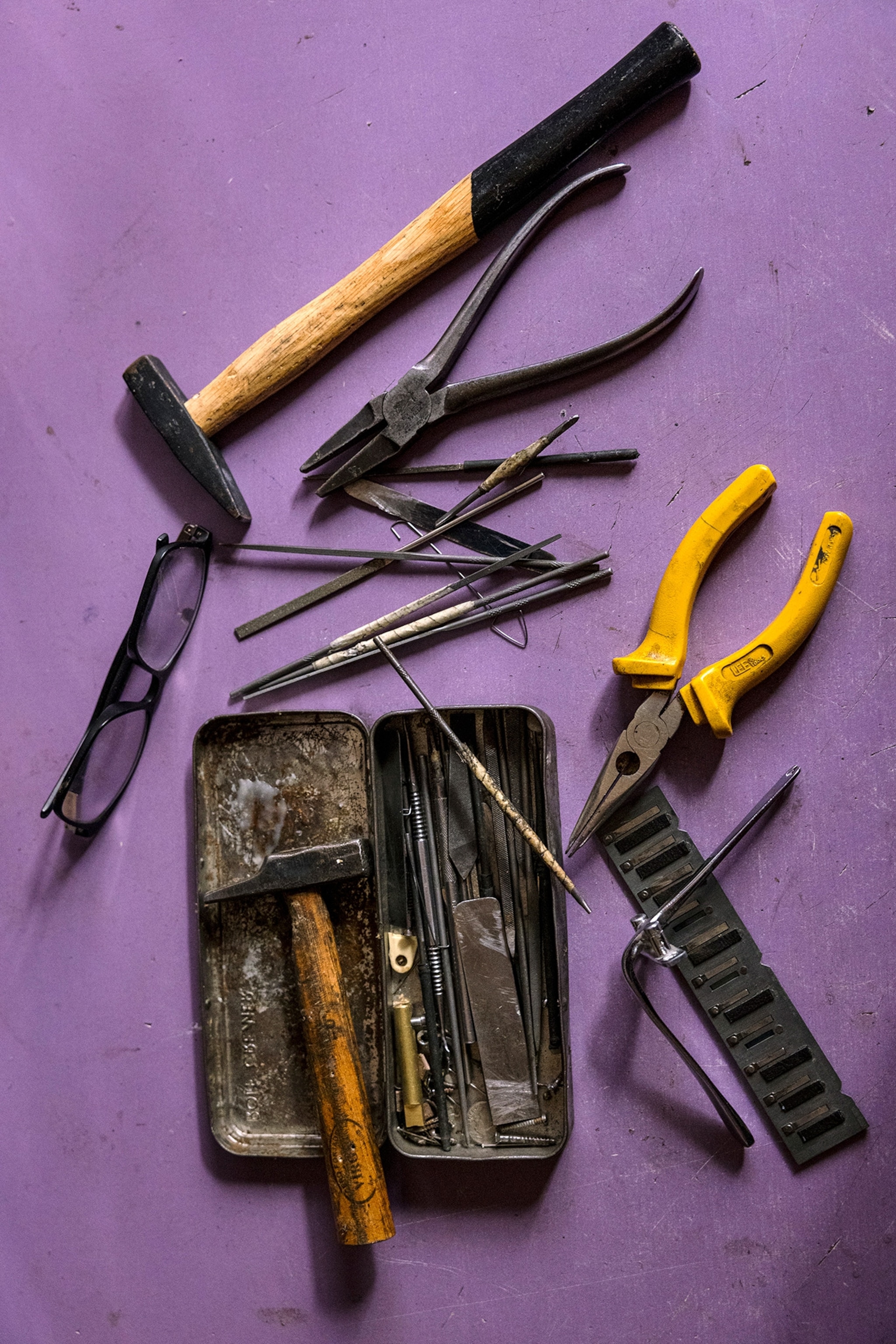
There was no electronic tuner in sight. Guttlein repeated the same steps, slowly refining each note from memory. While he is widely regarded to be among the greatest bandoneon tuners left in the world, he is the only one who carries that melancholic sound in his ear. His unique talent preserves the tradition of the country’s original luthiers who helped make the bandoneon popular in tango orchestras nearly a century ago. Guttlein’s workshop, in a nondescript outlying neighborhood called San Martín, has thus become something of a pilgrimage site for players of the instrument not only across Argentina but around the world.
Recently, the distinctive sound is increasingly being incorporated into recordings and live performances of Argentine artists in modern genres such as rock, pop, and even trap. He pointed to a performance by the Argentine DJ Bizarrap and Colombian singer Shakira at the 2023 Latin Grammy Awards; a jazz-inspired NPR Tiny Desk by the pop singer Nicki Nicole; and a concert recording of the rock star Conociendo Rusia. All featured bandoneons tuned by Guttlein. “Think about how many people are enjoying that sound now,” he said. “These instruments are coming back to life.”
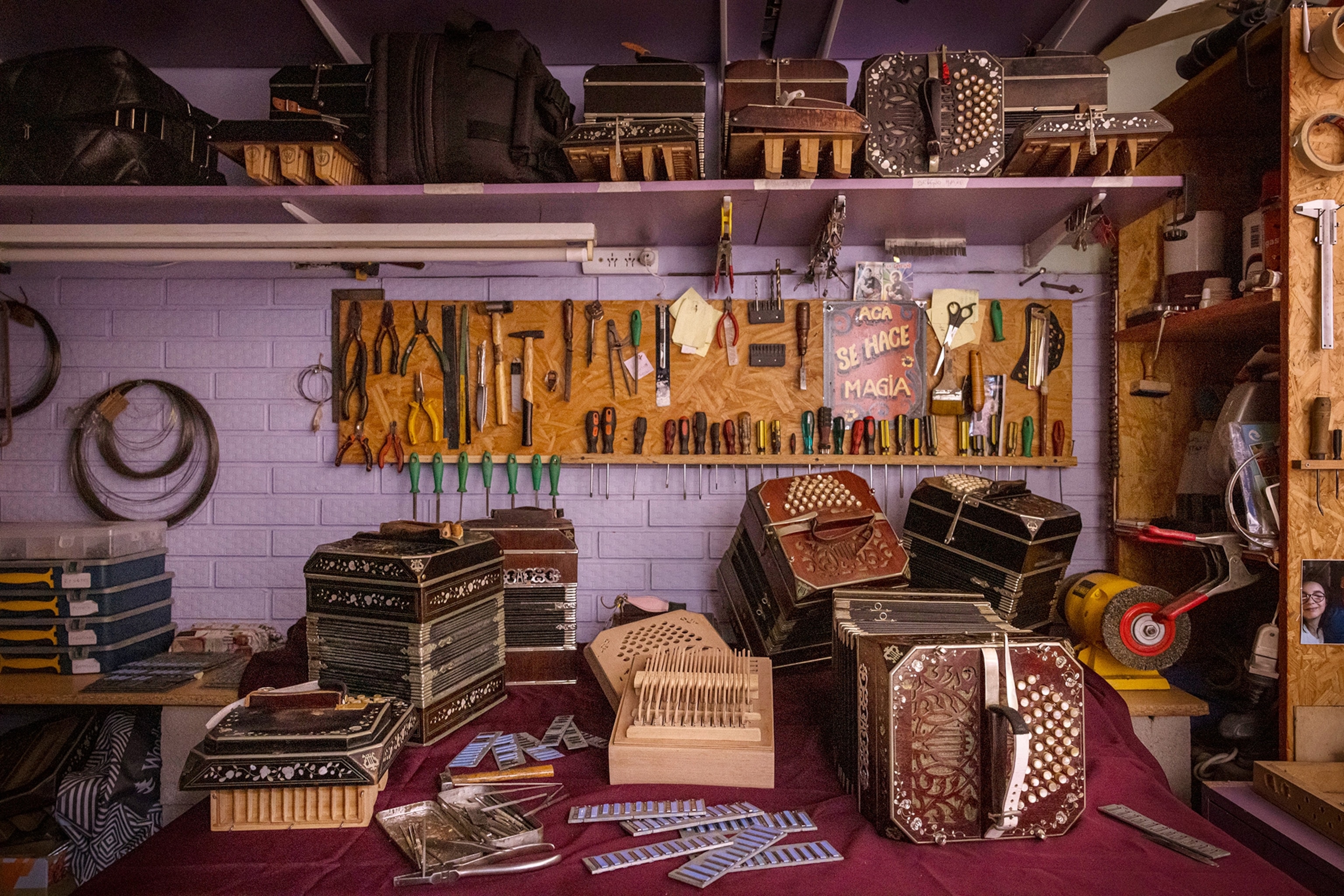
The bandoneon, a type of concertina, is best known as the classic instrument in the tango orchestras of Argentina and Uruguay, but its roots are in Europe. Invented in the 1820s by a German luthier named Heinrich Band, it was made to be played in church processionals, almost like a handheld organ. When German and Italian immigrants brought the instrument to working-class port neighborhoods of Buenos Aires in the early twentieth century, it became a centerpiece of the passionate ballroom dance that came to be known as the tango. Its melodies ramble and its sound is sad and sweet. Some of the most prominent tango orchestra leaders were bandoneon players, including Astor Piazzolla, Aníbal Troilo, and Rodolfo Mederos—and in the golden age of tango in the 1940s their records catapulted the instrument to international fame. But the secret behind most of these artists was that their instruments were all tuned for decades by the same two luthiers: Italian-born Ricardo Romualdi and Fabio Fabiani, known together as “Los Tanos” (slang for “The Italians”).
Romualdi was Guttlein’s childhood neighbor. When Guttlein was growing up, he observed the luthier with curiosity; in his twenties, Romualdi brought him into Los Tanos’ workshop for the first time. “It’s a job you only learn by watching and listening,” Guttlein said. “They were so generous with me.” At first, he fetched the elder luthiers’ coffee, and swept the floors, and did just about every kind of job besides tuning. But he was good with his hands, having learned metalworking and carpentry from a young age, and he played the piano accordion. (Surprisingly, he has never learned the bandoneon, only built and repaired them). After only a few months in the workshop, he knew he’d found his calling.
He began traveling with his then-girlfriend—now wife—to tiny towns across Argentina, looking to buy old bandoneons long out of use. With help from Los Tanos, he would practice refining their sound and ultimately resell them to professional players, building his reputation. “It was a big bet,” he said. “This is a very small world, and if you screw up, people find out very quickly.”
Once they saw he was up to the task, Romualdi and Fabiani began to trust Guttlein with some of their own clients. He worked with them from the late 1990s up until 2005, when the old men retired from their workshop space and continued to tune sparingly from home. “Ricardo worked until his very last day,” Guttlein said. “He loved what he did.”

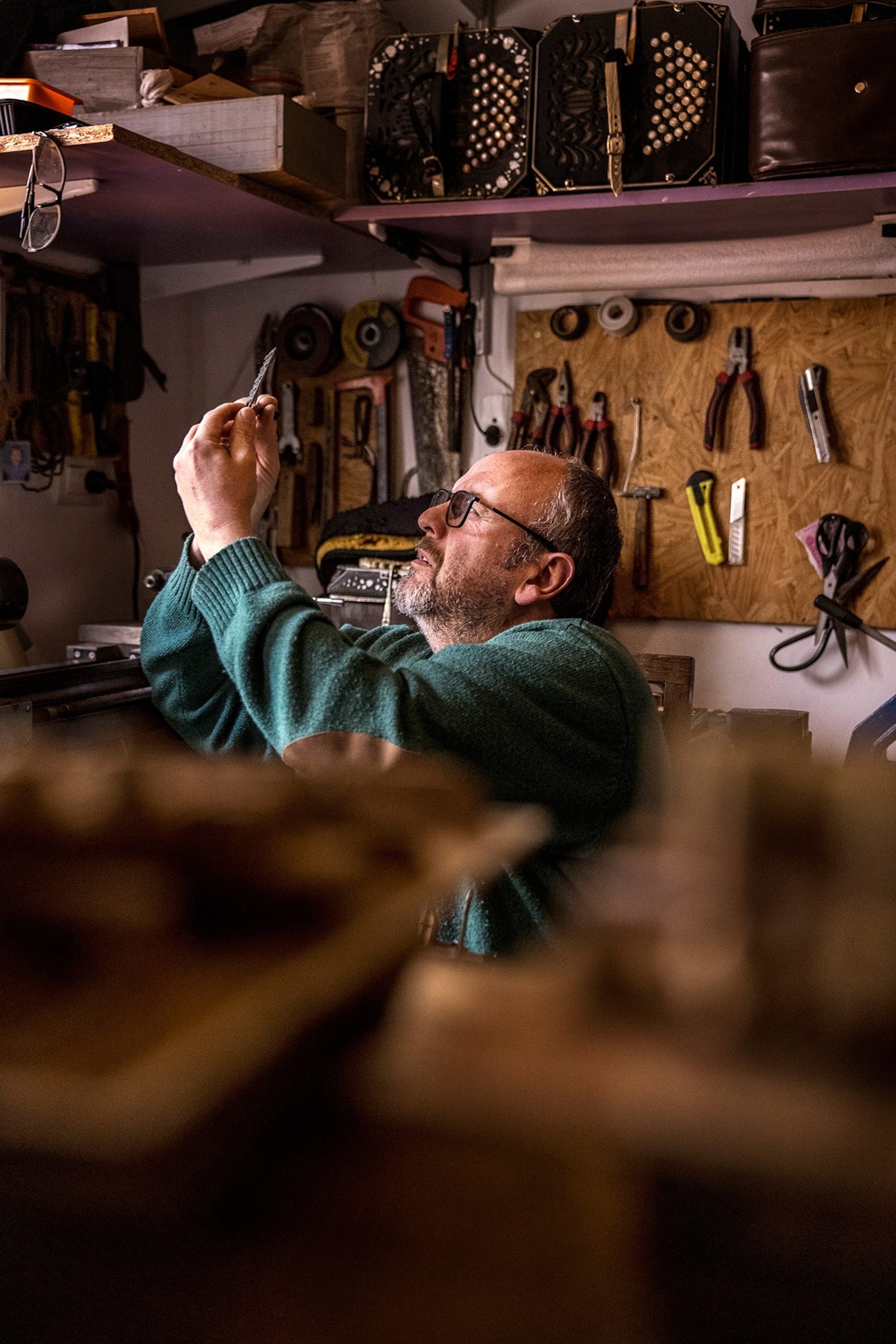
Now that the masters are gone, Guttlein carries on the Los Tanos tradition. His own workshop—where he works alone, for now, still in search of an apprentice—consists of a small room tucked off to the side of his home, an old, yellow Spanish colonial. It’s a neat, uncluttered space, perhaps because he doesn’t need many tools besides a metal file, some spare reeds and plates, and his ear. All along the shelves sit instruments awaiting repair. In the drawers, spare parts: toothy metal reed plates, files, wood pieces, and buttons. A bandoneon only needs tuning once every 8 to 10 years, but the process can take up to a month. “You have to tune a bandoneon badly for it to sound good,” Guttlein quipped. “It’s perfectly imperfect.” Newer bandoneons, he said, have more precise interiors than those that were made in the last century. “Their sound is strong, but it’s not the sound of the past.”
Normally, musicians come to him. But sometimes, when enough jobs materialize elsewhere, he’ll pack up his small tool bag and install himself in another country for a few months, fixing everyone’s instruments there. He recently returned from a stint in Colombia. The sound he carries with him is what artists most desire. “Especially when I travel abroad for work, people ask me to give their bandoneon ‘the sound of Buenos Aires,’” he said. “What they’re really asking for, without realizing, is the sound of Los Tanos. Tuning by ear.”


